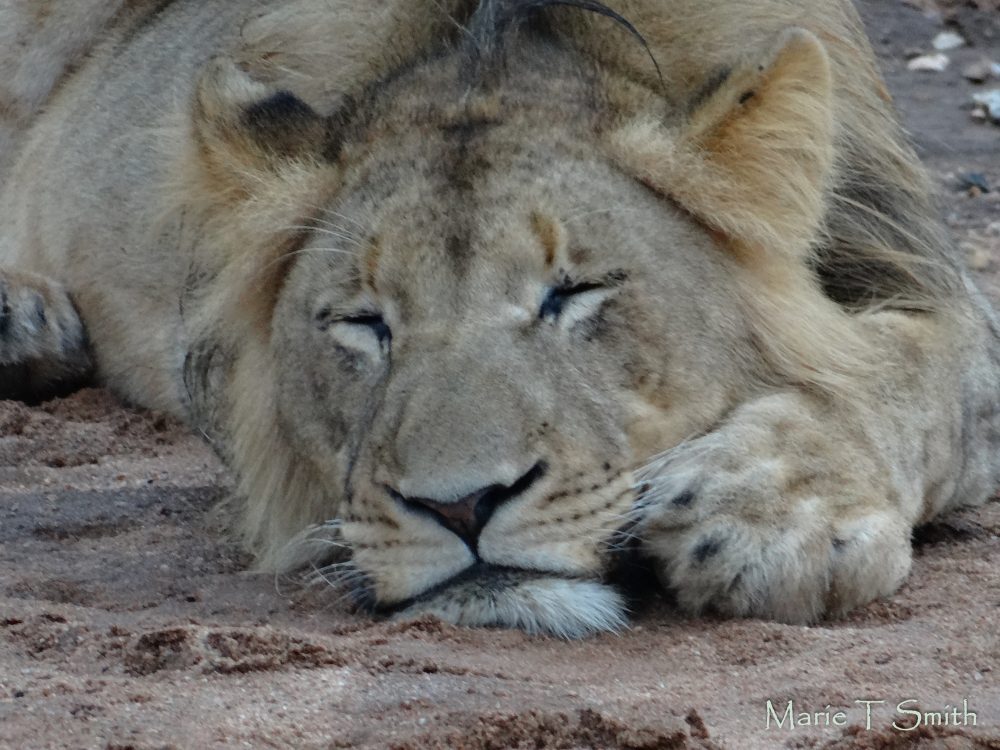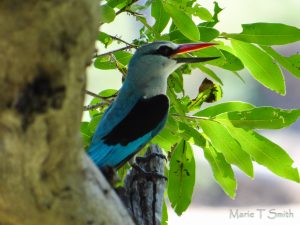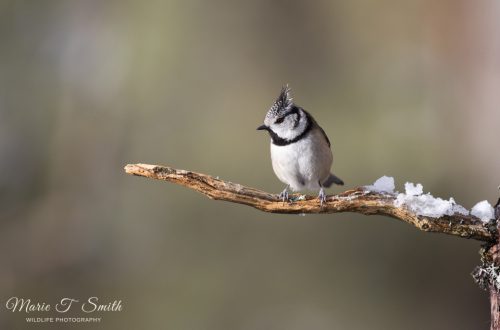
Picture Perfect
My relationship with my camera goes back a long way.
I got my first camera when I was in my teens.
I can’t quite remember when or even what make it was. I do remember it was a camera which took a 126 cartridge film. You wound it on manually. My Dad used to get me replacements from a place in Middleton which sold stuff super cheap. This was in the late 70s, early 80s. We used to wait for their advert in the paper and then bulk buy. I guess it would be like the equivalent of B&M or Home Bargains now (other value outlets are available). Having a big supply was great. More practice.
But all those photos needed developing! Back then pharmacies used to process film for you. But we were a poor family. So we would watch out for really cheap photo processing envelopes. The daily papers also used to do tokens for free developing. And then you would pop the cartridge in the envelope and away it went. And then I would wait…and wait…watching the letterbox every day.
I was also keen to go beyond snapshots and get more creative. I remember my Mum telling me about a photography programme on TV where they showed you some cheats to mimic pro techniques. Yes, I cut that plastic cup down to slot over the lens in the hope it would create a vignette style soft focus. That’s half my brother’s head out of shot. Big fail. It just looked like something over the lens (which it was).
My first digital camera came at the age of 39.
It was 2004! We had a big trip ahead. Kenya. Mr Smith was a film man through and through. But he was starting to come around to the new kids on the block. The age of digital had arrived. I remember we did much research on t’internet. I mean, how mad was that? We had a computer yet we still used film cameras.

I was still very much a scenes snapper (albeit I love a creative shot – above) so opted for a 4MP Nikon Coolpix 4300 with 4x digital zoom and built in flash. No more flash cubes for me.
Mr Smith decided upon a Canon EOS 300D, described as an entry level DSLR with a 6 megapixel resolution. And then add a couple of zoom lens options, a Canon 18-55mm and a 75-300mm for those close ups!
Between us we would have enough digital capability to capture the whole Africa experience – and be able to check the focus and quality as you go. Not wait for the films to come back, only to suffer the disappointment of your best photos out of focus or a strap across the lens.
Ironically, even then, we shared a vehicle with a lady from Germany who still used photographic film. We watched as Innes frantically unloaded and reloaded roll after roll after roll, the pride of lions presented pose after pose after, yet another, pose. Thankful we had made the decision to go digital.
That was in 2005. Probably the real beginning of the rapid advances in the digital age of photography.
It would be almost eight years before my next camera purchase.
I confess, a camera with manual settings scares me a little. I somehow struggle to get my brain to understand the terminology and what happens if I “up the ISO” or “reduce the shutter speed”. Look, it took me three attempts to scrape a pass in O’level physics, okay. I am not made for this stuff. I always used to get my formulas crossed. Remind me again how you calculate power? So give me a camera which does most of the thinking for me and I am good. I am happy to do the things I can do, like focus with my eyes. Anything else I leave to my mechanical expert. The camera I mean. And to be fair, I have had some pretty good results from trusting the equipment.

But I did have a wee play with the original Canon (above). And I kind of liked it. And so it gradually drifted into a shared photography resource. But with a trip to South Africa coming up, and us both wanting to get those fabulous wildlife close ups now, the time had come to kit Marie out with something more powerful. And so, the Nikon was relegated to the back of the cupboard.
Enter the Sony Cyber-shot DSC-HX200V.
A superzoom camera which looks a little like a DSLR – but has all the advantages of a compact travel camera. And with a 30x digital zoom, and a whopping 18.2 MP resolution, it ticked all my boxes. It would “pull in” images which others in the vehicle simply couldn’t reach. It also has all manner of “manual” functionality for those who prefer to be in control.
And I love it.
It has stood me well for five trips to the African continent now. It’s my “go to” camera pretty much all the time.
But things are changing – again.
This year sees the Smiths joining a full on photographer’s trip. With each guest having their own camera station. And somehow, my wee Sony Cyber-shot might not cut the mustard among all these super long lenses and talk of ISOs and shutter speeds. So I am trying to re-acquaint myself with a DSLR again. A Canon EOS 800D. The jury is still out right now, having just come back from a photography day trip to Troup Head at the coast, trying to capture gannets with slightly disappointing results. And this is where I struggle with the mechanics. If I don’t understand what the camera is trying to do then I don’t know how to fix it.
But my Sony is compact. I am sure she might squeeze in a wee pocket somewhere. You know, just in case I need a back up plan…









2 Comments
Pingback:
Pingback: